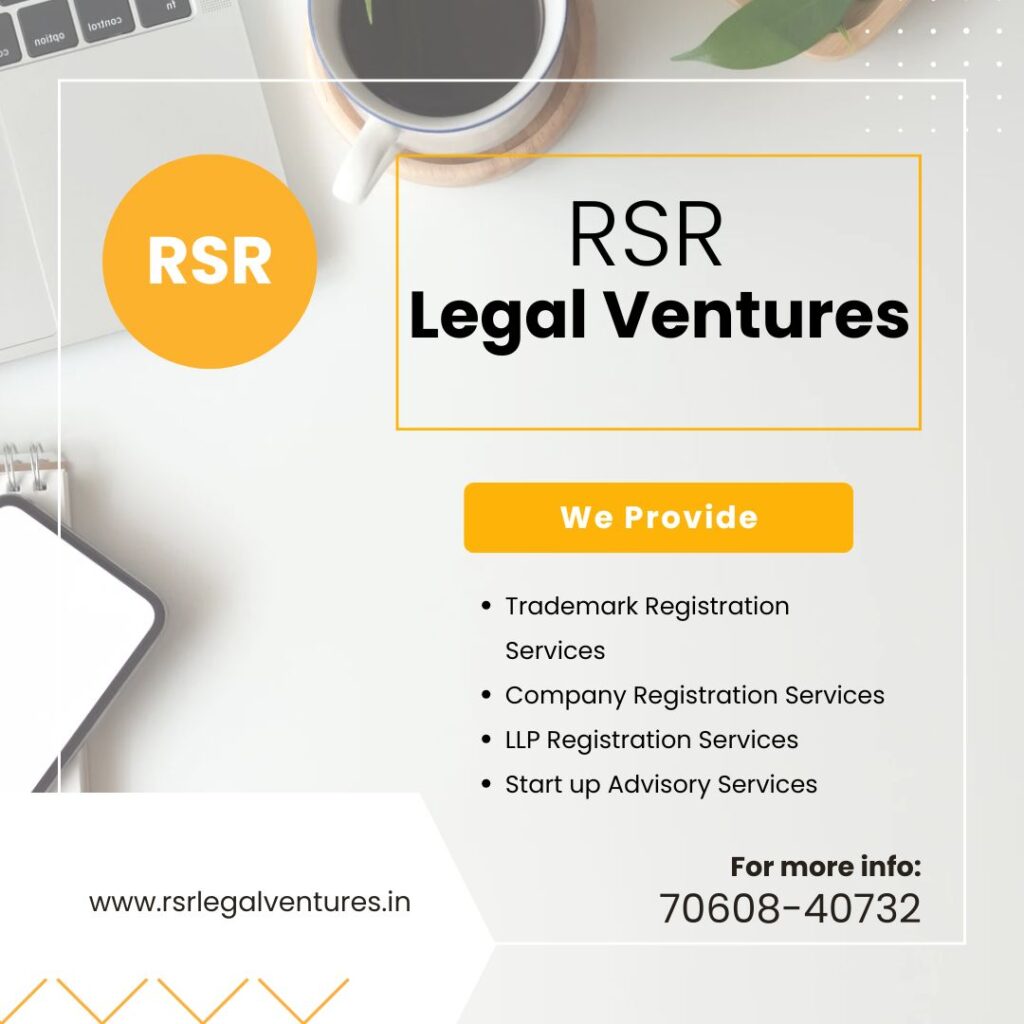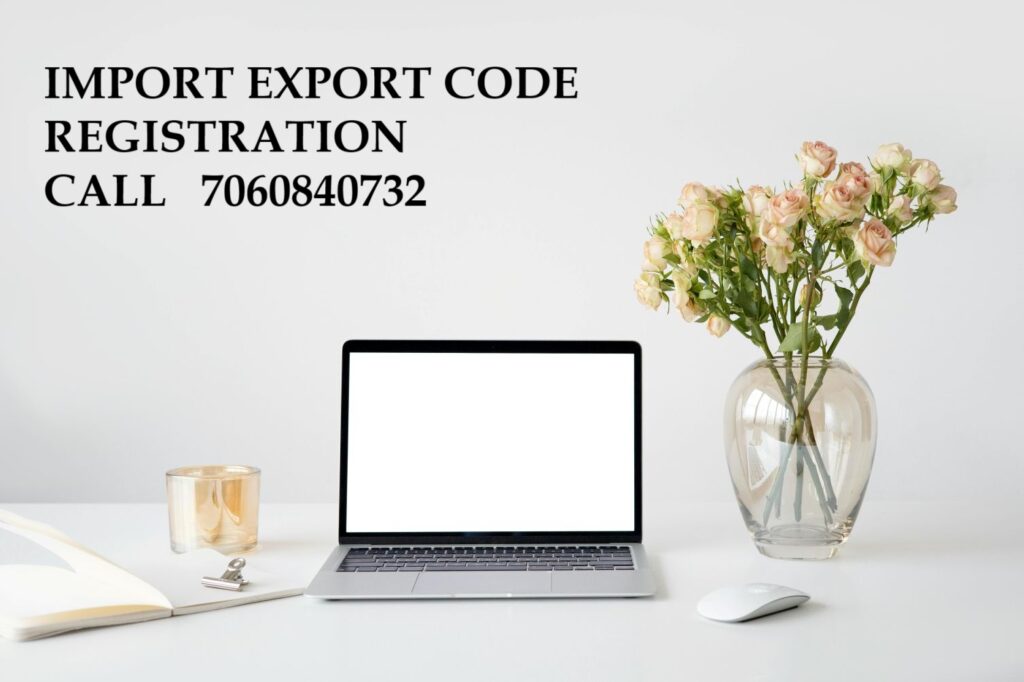IMPORT EXPORT CODE IN HATHRAS @ 2500
Import Export Code in Hathras and Papers: A Comprehensive Guide
Obtaining an Import Export Code (IEC) is a critical step for businesses looking to expand into international markets. It ensures legal compliance, facilitates customs clearance, and unlocks government incentives. With a simple online registration process, businesses can obtain their IEC quickly and start trading globally.
The Import Export Code (IEC) is a mandatory 10-digit identification number issued by the Directorate General of Foreign Trade (DGFT) for businesses engaged in international trade. Whether you’re an importer bringing goods into India or an exporter shipping products abroad, obtaining an IEC is essential for customs clearance, international transactions, and availing government benefits.
This guide will cover everything you need to know about IEC registration, required documents, and frequently asked questions (FAQs) to help you navigate the process smoothly.
What is an Import Export Code (IEC)?
The IEC is a unique identifier for businesses involved in import and export activities. It is issued under the Foreign Trade (Development & Regulation) Act, 1992 and remains valid for a lifetime unless surrendered or deactivated.

Why is IEC Important?
- Customs Clearance: Required for clearing imported/exported goods.
- International Transactions: Necessary for processing payments with overseas buyers/suppliers.
- Government Benefits: Essential for claiming export incentives and duty exemptions.
- Legal Compliance: Mandated by Indian trade laws for conducting import/export activities.
Who Needs an IEC?
Any individual, business, or entity engaged in import or export activities must obtain an IEC. Eligible applicants include:
- Proprietorship Firms
- Partnership Firms
- Limited Liability Partnerships (LLPs)
- Private/Public Limited Companies
- Hindu Undivided Families (HUFs)
- Societies, Trusts & Other Entities
IEC Registration Process
The IEC registration process is entirely online, making it convenient and paperless. Follow these steps to apply:
Step 1: Visit the DGFT Portal
- Go to the official DGFT website: DGFT IEC Registration.
- Click on “Apply for IEC” under the Services tab.
Step 2: Register/Login to DGFT Portal
- Click on “Register” and select “Importer/Exporter” as your user type.
- Enter your email and mobile number, then complete the OTP verification.
- Once verified, you’ll receive a temporary password, which you must update upon first login.
Step 3: Fill Out the IEC Application Form
- Provide business details, including PAN, GSTIN, and bank information.
- Enter proprietor/partner/director details.
- Attach the Digital Signature Certificate (DSC).
Step 4: Upload Required Documents
- Submit scanned copies of mandatory documents (listed below).
Step 5: Pay the IEC Registration Fee
- Make the payment online via debit/credit card or net banking.
Step 6: Receive IEC Certificate
- Once approved, the IEC certificate will be sent to your registered email.
- You can download and print the certificate from the DGFT portal.

Documents Required for IEC Registration
The following documents are required based on the type of business entity:
For Proprietorship Firms
- PAN Card of the proprietor.
- Aadhaar Card or Voter ID.
- Bank Certificate or Cancelled Cheque.
- Business Address Proof (Electricity bill, rental agreement).
For Partnership Firms
- PAN Card of the firm.
- Partnership Deed.
- Bank Certificate or Cancelled Cheque.
- Address Proof (Utility bill, rental agreement).
For Private Limited Companies & LLPs
- PAN Card of the company.
- Certificate of Incorporation.
- Memorandum of Association (MOA) & Articles of Association (AOA).
- Bank Certificate or Cancelled Cheque.
- GST Registration (if applicable).
FAQs on Import Export Code (IEC)
Here are some frequently asked questions about IEC registration:
Q1: Is IEC mandatory for all businesses?
Yes, IEC is required for any business involved in import or export activities.
Q2: Can an individual apply for IEC?
Yes, individuals engaged in international trade can apply for IEC.
Q3: How long does it take to get an IEC?
The IEC is usually issued within 2-3 working days after successful application submission.
Q4: Is IEC registration free?
No, there is a nominal fee for IEC registration, which must be paid online.
Q5: Does IEC require renewal?
No, IEC has lifetime validity, but businesses must update their IEC details annually.
Q6: Can I modify my IEC details after registration?
Yes, modifications can be made online through the DGFT portal.
Q7: What happens if I don’t update my IEC annually?
Failure to update IEC may result in deactivation by DGFT.
Q8: Is IEC required for personal imports?
No, IEC is not required for personal imports that are not for commercial purposes.
Q9: Can I surrender my IEC?
Yes, businesses can surrender IEC online if they no longer require it.
Q10: Does IEC apply to service exports?
Yes, IEC is required for service exports if the business avails benefits under the Foreign Trade Policy.
